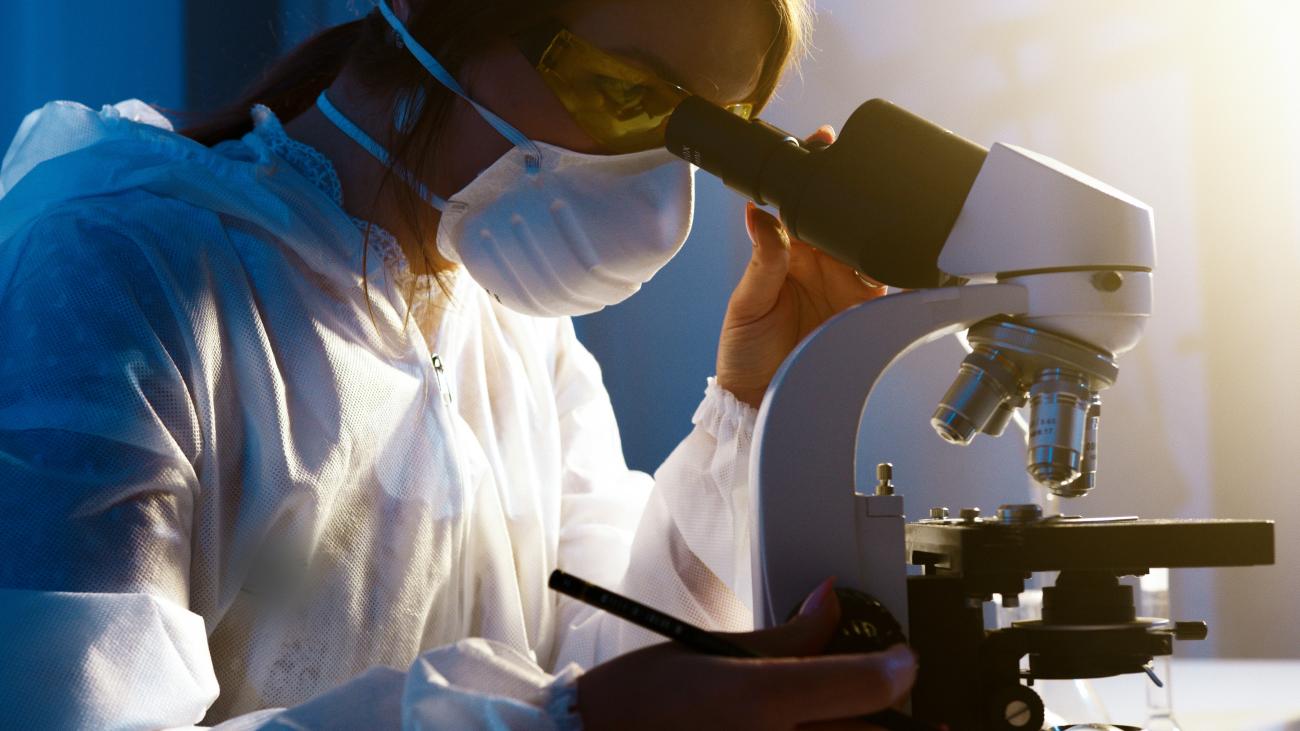Database providing access to the High Technology Network's industrial research offering: research competences, type of analyses and tests available at the Laboratories. Companies can consult the Catalogue to find Laboratories and researchers that match their needs.
Competence
Acoustic methods for solid food texture evaluation (cheese, watermelon, pasta, etc.)
Analysis of contaminants and allergens in raw materials and finished products, flavour analysis, analysis of simple and complex carbohydrates
Analytical methods for detection of allergens of vegetal origin and hidden allergens in food products
Analytical methods for detection of microbial contamination in food (bacteria, viruses, moulds, yeasts)
Analytical methods for the detection of nanoparticles (metal nanoparticles, nanofibres and nanocapsules) in raw materials and finished products
Analytical methods for the evaluation of the effects of industrial processing on nutritional value of foods
Characterization of products of microbial origin: biomass, metabolites, natural antibiotics. Conversion and transformation processes of food an by-products
Characterization of soluble fibre in functional food
Cognition and autonomy for robots in unstructured environments
Colour analysis with destroing and non-destroying techniques
Combined stabilization strategies to enhance shelf-life and food safety
Control algorithms and cognitive techniques
Control architectures for actuators
Data transmission systems, communications (bus, internet, wireless, etc.)
Designe of specific software application (acquisition, processing, control, supervision, ...)
Effects of packaging on the evolution of food microbial population
Extraction and analytical methods for nutrients and functional elements
Fast and non-destructive spectroscopic methods and chemometrics for food quality evaluation
Fleets of mobile robots - Planning and coordination
Food decontamination and enzyme deactivation: high pressure homogenization, gas-plasma, pulsed electric fields
Food safety: analytical methods to evaluate the occurrence of toxic natural substances, process and environmental contaminanst
Grasping devices and robot manipulators
Hardware design
High resolution and solid phase nuclear magnetic resonance to assess food composition
Human-machine interfaces
Human-robot interactive collaboration in intrinsically safe work cells
Hydraulic actuators and motors
Innovative strategies for microbial control: the use of natural antimicrobials and thermal treatments
Integration of vision systems for fixed and mobile robotics
Interaction between food microorganisms and gut microbiota
Kinematic chains (belts, cams, reduction gears, crank thrusts, etc)
Marker identification for the instrumental detection of desired or undesired microflora: set up of markers or indicators
Micro-actuators based on MEMS
Microbial analysis, challenge tests, instrumental analyses
Microbial response to environmental stress: optimization of microbial performance
Microbial strain selection for food production: enzymatic, physiological, and genetic characterization
Microbial strain selection: technological characterization
Microbiological activity in food: risk analysis
Mobile Robots - localization and autonomous navigation
Mobile Robots - non-industrial applications

